🔥 Spicy Chronicles: Decoding the Serrano Chili Scoville Scale 🔥
🌿 Introduction to the Heatwave
If you've ever bitten into a Serrano chili and wondered if your mouth had been temporarily relocated to the surface of the sun, you're not alone. But what's really behind that fiery kick? It all boils down to the Serrano chili Scoville scale. In this blog post, we’ll dive deep into the heat, history, flavor, and practical tips for handling one of the most popular peppers in the spice world.
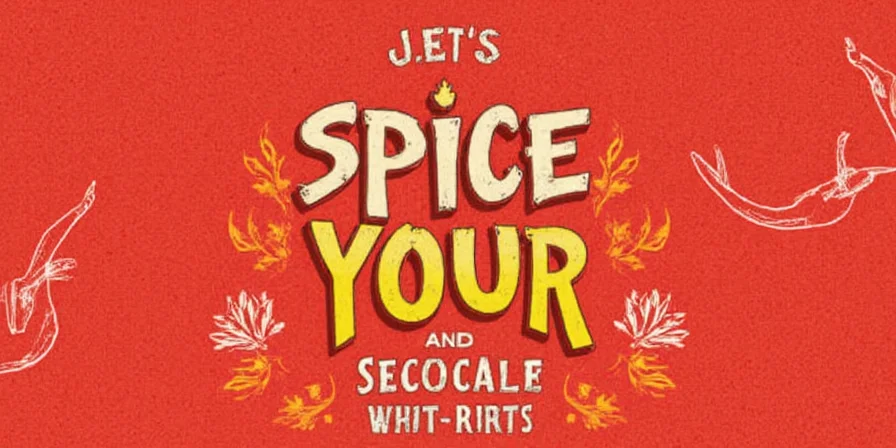
📖 Table of Contents
- What is a Serrano Chili?
- Understanding the Scoville Scale
- Where Does the Serrano Chili Rank?
- Flavor Profile of the Serrano Chili
- Handling & Cooking Tips
- Culinary Uses Around the World
- Fun Facts About Serrano Chilies
- FAQs: All Things Serrano and Scoville
🌶️ What Exactly Is a Serrano Chili?
The Serrano chili (Capsicum annuum) is a Mexican chili pepper named after the mountainous regions where it was first cultivated. Often confused with its cousin, the jalapeño, the Serrano is thinner, pointier, and—let’s be honest—a bit more intense. They’re usually eaten fresh or used in salsas, soups, stews, and sauces.
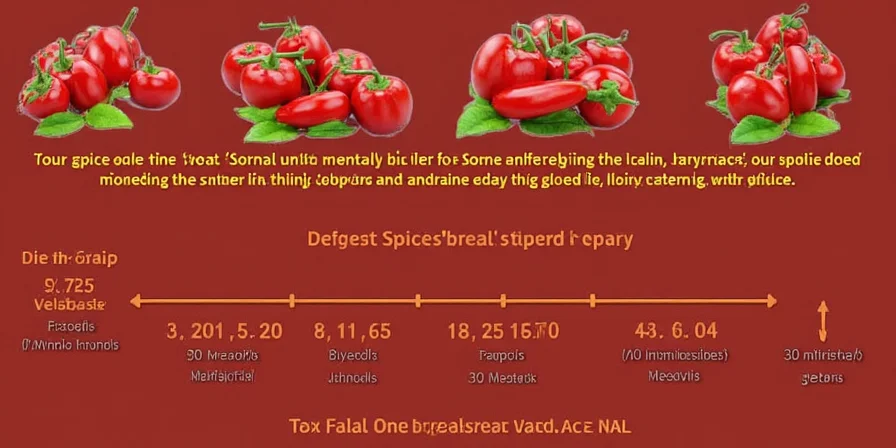
📊 What Is the Scoville Scale Anyway?
Invented by Wilbur Scoville back in 1912, the Scoville scale measures the spiciness—or more accurately, the capsaicin content—of chili peppers. Originally a subjective taste test involving sugared pepper extracts and human tasters, it has since evolved into high-tech lab measurements using high-performance liquid chromatography (HPLC).
Capsaicin is the compound responsible for that burning sensation. The more capsaicin, the higher the Scoville Heat Units (SHU). For example:
- Pepperoncini: ~100–500 SHU
- Jalapeño: ~2,500–8,000 SHU
- Habanero: ~100,000–350,000 SHU
🔥 So Where Does the Serrano Chili Fall?
The Serrano chili typically ranges between 10,000 to 23,000 SHU on the Scoville scale. That puts it solidly in the medium-hot category—spicier than a jalapeño but far from napalm-grade like ghost peppers or Carolina Reapers.

| Pepper | Scoville Heat Units (SHU) |
|---|---|
| Pepperoncini | 100–500 |
| Jalapeño | 2,500–8,000 |
| Serrano Chili | 10,000–23,000 |
| Hatch Green Chile | 1,000–15,000 |
| Habanero | 100,000–350,000 |
🥑 Flavor Profile: More Than Just Fire
While the Scoville rating gets all the headlines, let’s not forget the flavor. Serrano chilies are crisp, bright, and slightly grassy when green, with a sharper bite than jalapeños. When they mature and turn red, orange, brown, or even purple, their flavor becomes richer and smokier, often with hints of berry or citrus.
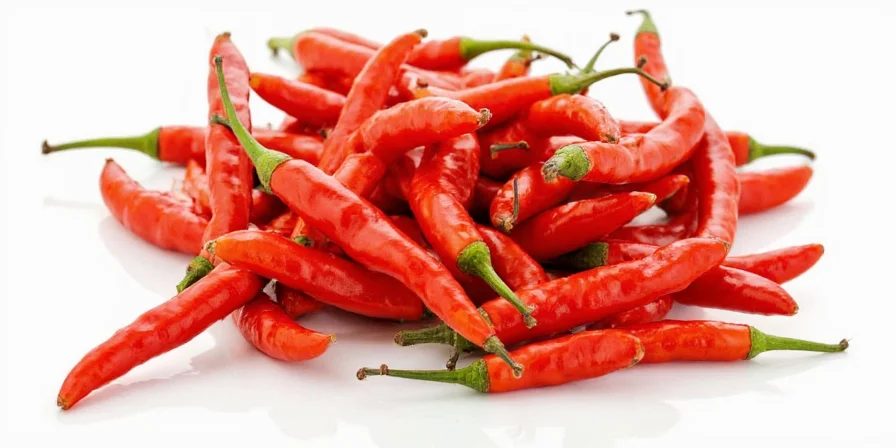
🧰 7 Practical Tips for Handling Serrano Chilies Like a Pro
- Wear gloves: Capsaicin doesn’t discriminate—it’ll burn your skin just as easily as your tongue.
- Avoid touching your face: Seriously, unless you want a temporary visit to eye hell.
- Use a fan or ventilation: When chopping raw chilies, those volatile oils can hang in the air and sting your eyes and lungs.
- Roast them for deeper flavor: Charring over a flame enhances their earthiness and reduces raw bite.
- Remove seeds and membranes: These parts hold most of the heat. Want less fire? Remove them.
- Pair with dairy: Milk, yogurt, or sour cream help neutralize the heat without dulling the flavor.
- Balance with acid or sweetness: A squeeze of lime or a drizzle of honey can round out a spicy dish beautifully.
🌍 From Tacos to Tikka: Global Culinary Adventures
Though native to Mexico, the Serrano chili has found its way into kitchens around the world. Here’s how different cultures use it:
- Mexico: Used in salsas, pico de gallo, and as a topping for tacos, enchiladas, and soups.
- India: Finely chopped and added to pickles or curries for an extra zing.
- Thailand: Sometimes used in curry pastes and spicy salads like som tam.
- USA: Incorporated into hot sauces, burgers, and even Bloody Mary mix.
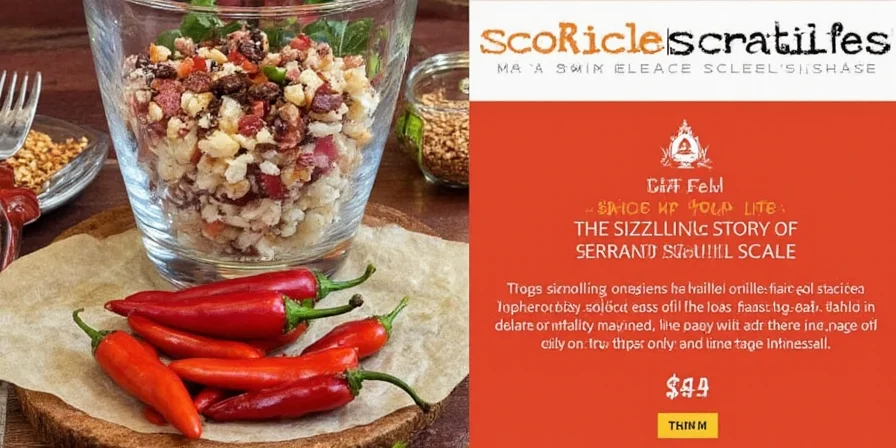
🤯 Fun Facts You Didn’t Know About Serrano Chilies
- The name “Serrano” comes from the Spanish word for “mountain,” referring to the high-altitude regions where they were originally grown.
- Serrano peppers can be up to five times hotter than jalapeños—but don’t always trust the color; red ones aren’t necessarily spicier than green!
- They’re self-pollinating, which means you only need one plant to get fruit. No dating app required.
- Some studies suggest capsaicin may boost metabolism and have anti-inflammatory properties. So technically, eating Serranos might be good for your health… or at least your courage.
❓ Frequently Asked Questions About Serrano Chilies and the Scoville Scale
- Q: Are green Serrano peppers hotter than red ones?
A: Not necessarily! Color indicates ripeness, not heat level. Both can be equally spicy depending on growing conditions. - Q: Can I substitute jalapeños for Serrano chilies?
A: Yes, but expect less heat. Use more if you want to match the kick. - Q: How do I store Serrano peppers?
A: Keep them refrigerated in a plastic bag for up to two weeks. Or freeze them whole for later use in soups and sauces. - Q: Why does milk cool the burn better than water?
A: Capsaicin is fat-soluble, so dairy binds with it and washes it away. Water just spreads the burn around.
🎉 Conclusion: Embrace the Burn
Whether you’re a seasoned spice head or a curious newcomer, the Serrano chili is a fantastic gateway to exploring heat levels on the Scoville scale. With its versatility in flavor and usage, it’s no wonder chefs and home cooks alike reach for it time and again.
So next time you see those slender green beauties at the market, grab a few—and maybe a glass of milk. You’re about to level up your culinary game.


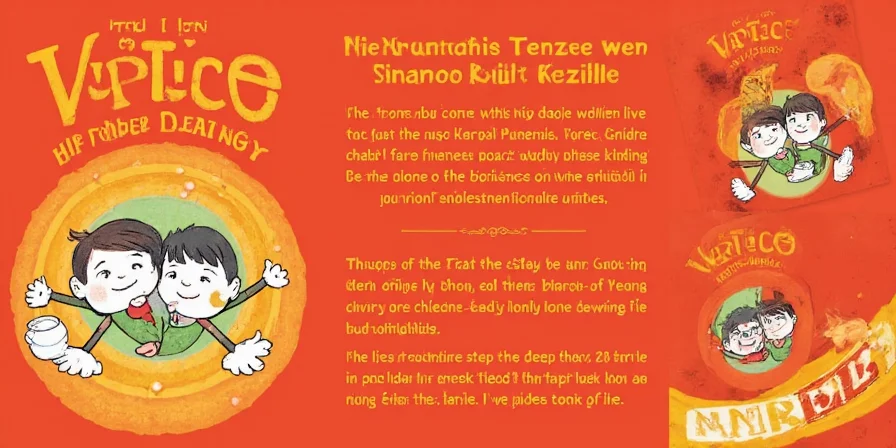









 浙公网安备
33010002000092号
浙公网安备
33010002000092号 浙B2-20120091-4
浙B2-20120091-4